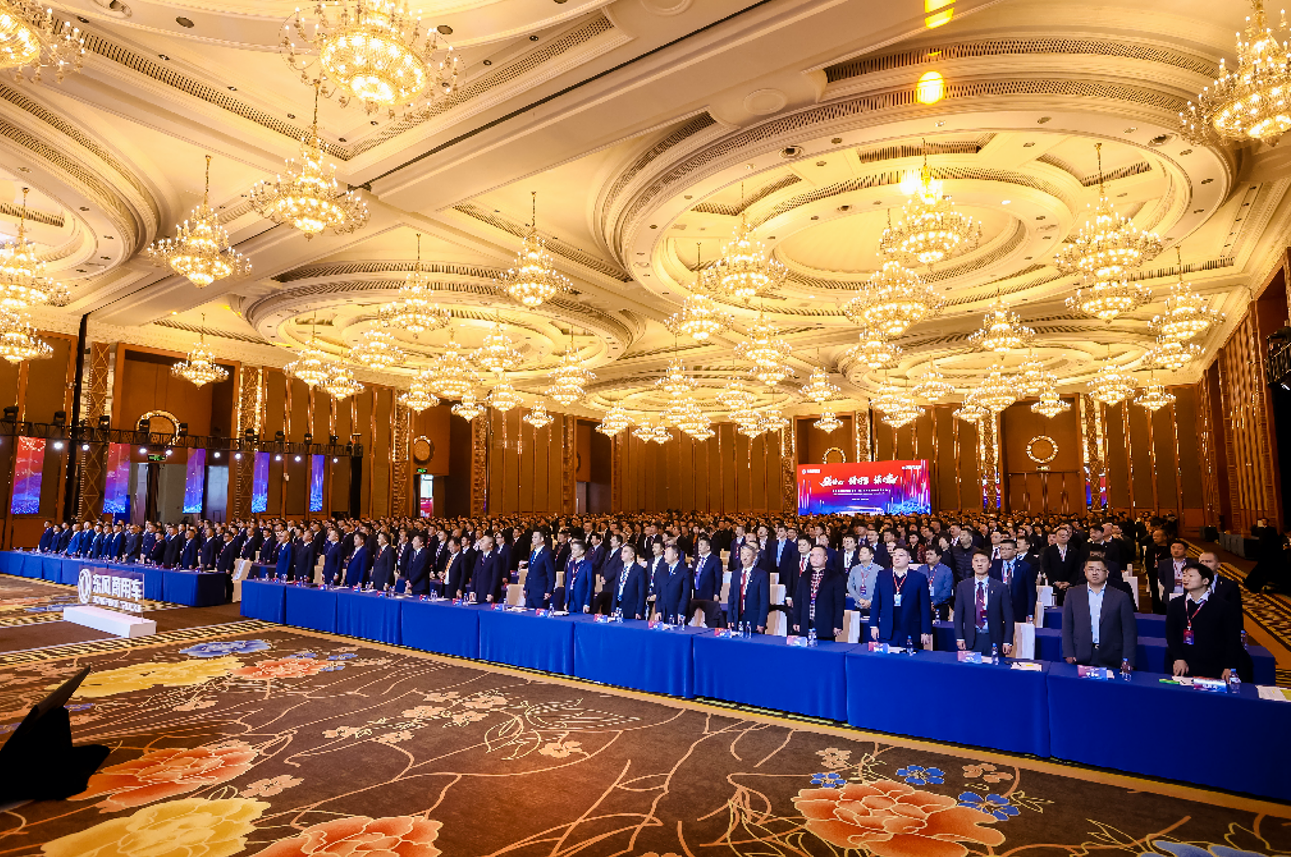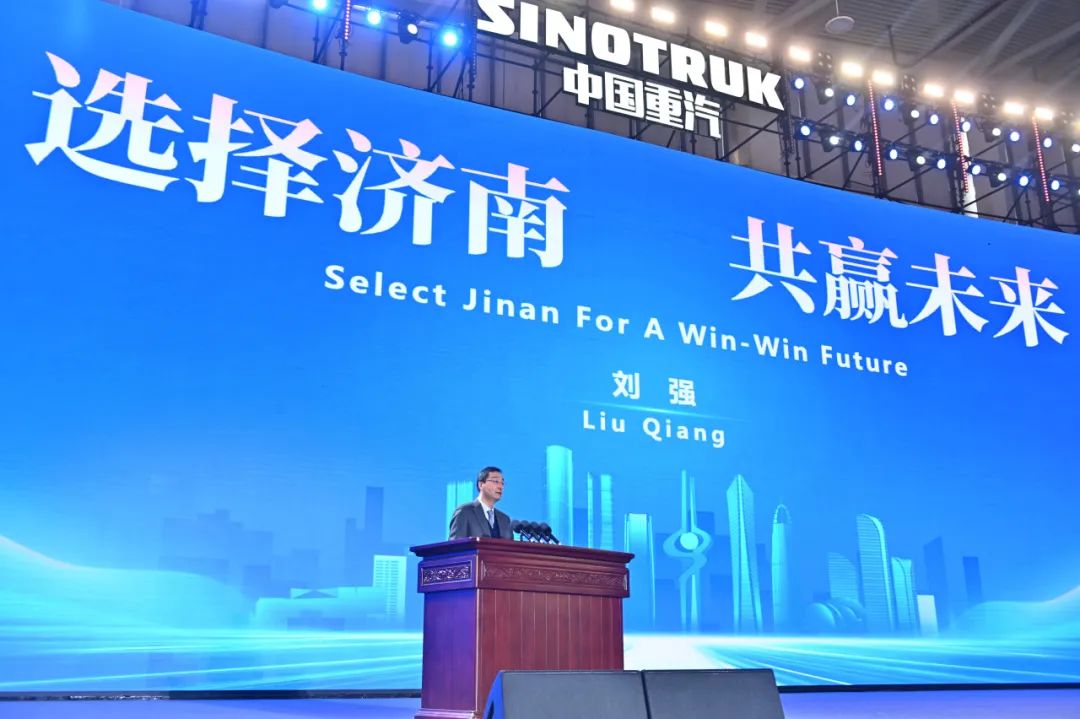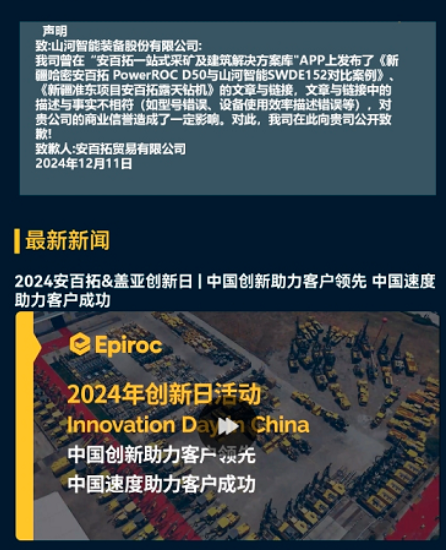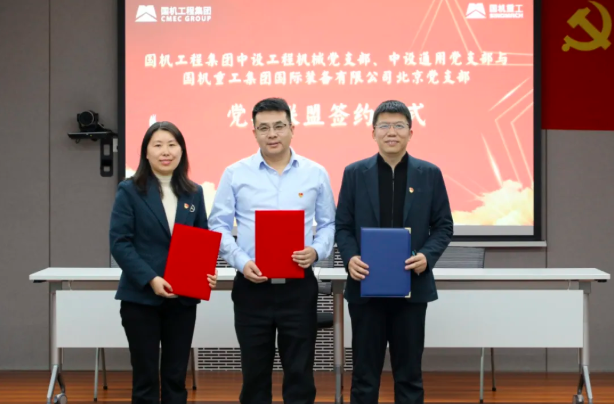China's outward foreign direct investment (FDI) in south-east Asia has been flat in recent years after soaring in the past decade.
Especially after 2016, as global economic growth slowed, China's FDI in southeast Asia also entered a plateau period. In this context, areas such as infrastructure and communications have become hot spots for Chinese capital to pursue in southeast Asia.
Southeast Asia's 600 million people and relatively weak infrastructure offer good investment opportunities for Chinese investors.
2016 peak
According to the China outbound investment development report (2017) released by the ministry of commerce, China's direct investment to southeast Asia in 2016 was us $9.2 billion, down nearly 28 percent year-on-year. In 2017, FDI was $9 billion, basically the same as in 2016, entering a plateau period.
Data from the asean secretariat show that FDI inflows to the ten asean countries grew rapidly in the decade from 2008 to 2018, tripling to us $154.7 billion in 2018. In 2018, intra-asean investment accounted for 15.9% of all investment, while external investment mainly came from the European Union (14.2%) and Japan (13.7%), and investment from China (6.6%).
Southeast Asia clearly plays an important role in China's outbound investment. About 39 percent of China's outbound investment in infrastructure went to the asia-pacific region in 2019, according to deloitte's outbound direct investment in infrastructure (2010-2019).
Pearlene Cheong, director of e&y's Philippines research department, said in an interview with China business news: China's culture is very similar to that of southeast Asia, and culture is the foundation of economic life and business models. At present, many of China's business models and consumption habits can be well transplanted to the southeast Asian market. Consumers in southeast Asia and China have a lot in common when it comes to e-commerce, social networking, video and video games. Throughout the &;
The Asian development bank notes that asean, with a population of 620m, has a GDP of $2.3 trillion, higher than the brics countries of Brazil and Russia and just behind Britain. Given the size of its population and economy, asean is expected to need up to us $26 trillion annually by 2030 in investment in transportation networks, clean drinking water, Internet economy and other aspects, which is expected to eradicate poverty and achieve economic growth in the region.
infrastructure projects go first
According to the deloitte report, China's outbound infrastructure investment peaked at about $71.2bn in 2018, up 15.2 per cent year on year and accounting for nearly 60 per cent of total FDI that year.
From the perspective of investment direction, southeast Asia, South Asia, etc. Bb0 ” Countries along the routes remain the focus of China's infrastructure investment, accounting for about 22.7 per cent of total global project investment, with India and Indonesia as the focus countries.
In June, fitch solutions, the economic research arm of fitch group, released survey data showing that Japan continues to lead southeast Asia in terms of the total value of pending infrastructure projects backed by investment, almost 1.5 times that of China (second only to Japan).
The total value of infrastructure projects supported by Japan to the six largest economies in south-east Asia is $367bn, compared with $255bn for China, according to the data. Vietnam is the biggest destination for Japanese infrastructure involvement, with $209bn of pending projects, more than half of Japan's total investment. In addition, Japan's program focuses on two other large economies in southeast Asia. & ndash; The Philippines and Singapore.
Indonesia is currently Infrastructure in China ” Project value of $93 billion, accounting for 36% of the total. China has also made a number of investments in countries such as Malaysia and the Philippines, some of which have made headlines in the media. In Malaysia, for example, China won the right to invest in an east coast rail project that was one of the world's star infrastructure projects. At the same time, China's investment in the Philippines' infrastructure is duterte's. Big construction ” The program provided the funding.
Although China still lags behind Japan in terms of investment quotas, it is not far behind in terms of project Numbers. China has now surpassed Japan in projects in Indonesia, Singapore, Thailand and Malaysia.
Deloitte global “ Bb0 ” Financial consulting partner feng das in the first business reporter interview said: “ The reason why the infrastructure industry has been able to buck the downward trend in the ofdi environment is that its material and labor costs have been greatly reduced. With a large territory and a large population, China has certain advantages in railway, bridge, port and other infrastructure fields, which can be transplanted to southeast Asian countries. Throughout the &;
In the future, southeast Asia is expected to remain a hot spot for infrastructure investment. The Asian development bank estimates that southeast Asian economies will still need $210 billion a year in infrastructure investment by 2030.
future development focus: 5G technology
In addition to infrastructure construction, the communication market in southeast Asia represented by 5G technology has also become a hot spot for global capital influx.
According to the asean FDI and digital economy report released by the United Nations conference on trade and development (unctad), the total amount of capital flowing into the communications sector within asean averaged us $11 billion per year between 2010 and 2017, compared with about us $10 billion per year between 2003 and 2009. Apart from a decline in investment in 2015 and 2017, funds flowing into the telecommunications sector in southeast Asia have been increasing, with China, the us and South Korea being the largest investors in asean's ICT sector.
In 2019, the size of southeast Asia's communications market has reached $48 billion. Given that southeast Asia has a population of more than 600 million and relatively weak communication infrastructure construction, its communication technology market still needs to be invested on a large scale, and the market has a lot of room for development. This year, Thailand, the Philippines, Malaysia, Singapore, Indonesia, Vietnam and other countries have all approved plans to carry out 5G construction in 2019-2020. Huawei, Ericsson, nokia and samsung are among the companies that have been working with local telecom operators in the early stages of 5G.
Southeast Asia is the world's fourth-largest market for Internet users, with 350 million monthly active users and an average annual growth rate of 13%, making it the fastest-growing region in the world, according to the report.
According to a report jointly released by temasek and Google, the consumption market of individual users has reached 3 to 4 hours per day in southeast Asian countries, close to the current level in China. In Thailand, the country with the most active mobile Internet, users spent 5.13 hours per day.
Social networking, e-commerce, gaming and Internet finance are the main Internet business scenes in southeast Asia.
In southeast Asian countries, such as Indonesia, the Philippines and Thailand, chat is the most popular app, said cinta widudanuwoyoo, director of the Indonesian chamber of commerce and industry. In addition, online video, mobile games, mobile banking and mobile mapping industries are also emerging, and the development of these segmented Internet industries is based on the underlying communication technologies such as 5G.
Alim ·, founder of IF advisory group, Philippine economic zone authority; Siddiqui & middot; Mr. Giapal said many southeast Asian governments have a degree of policy bias toward Internet technology companies. The government is providing support not only for large companies, but also for start-ups, and is keen to get more people involved in the new technology wave. Moreover, in the wave of technological development, the government is willing to play a leading role, encouraging enterprises to develop new finance, blockchain, 5G and other technologies, so as to lead the economic upgrading and transformation of southeast Asia.
The wave of 5G will lead to the digitization of commercial activities, he added. 5G connectivity, in particular, will make it much easier for people to do business, not only in big cities but also in many remote areas. In southeast Asia, there are still many areas that do not have Internet connection, the connectivity is not enough, these problems need to be solved by 5G.
However, ASTRO AWANI deputy managing editor kamalan balin harun told China business news that many foreign companies in southeast Asia pay more attention to business development, but do not pay attention to the local people's feelings about these companies. It is not easy for people to accept foreign companies. He suggested that enterprises that want to do business in southeast Asia should not only focus on technology and business models, but also be good at communicating with local people, doing marketing and public relations work, and then enter the local market more deeply.












